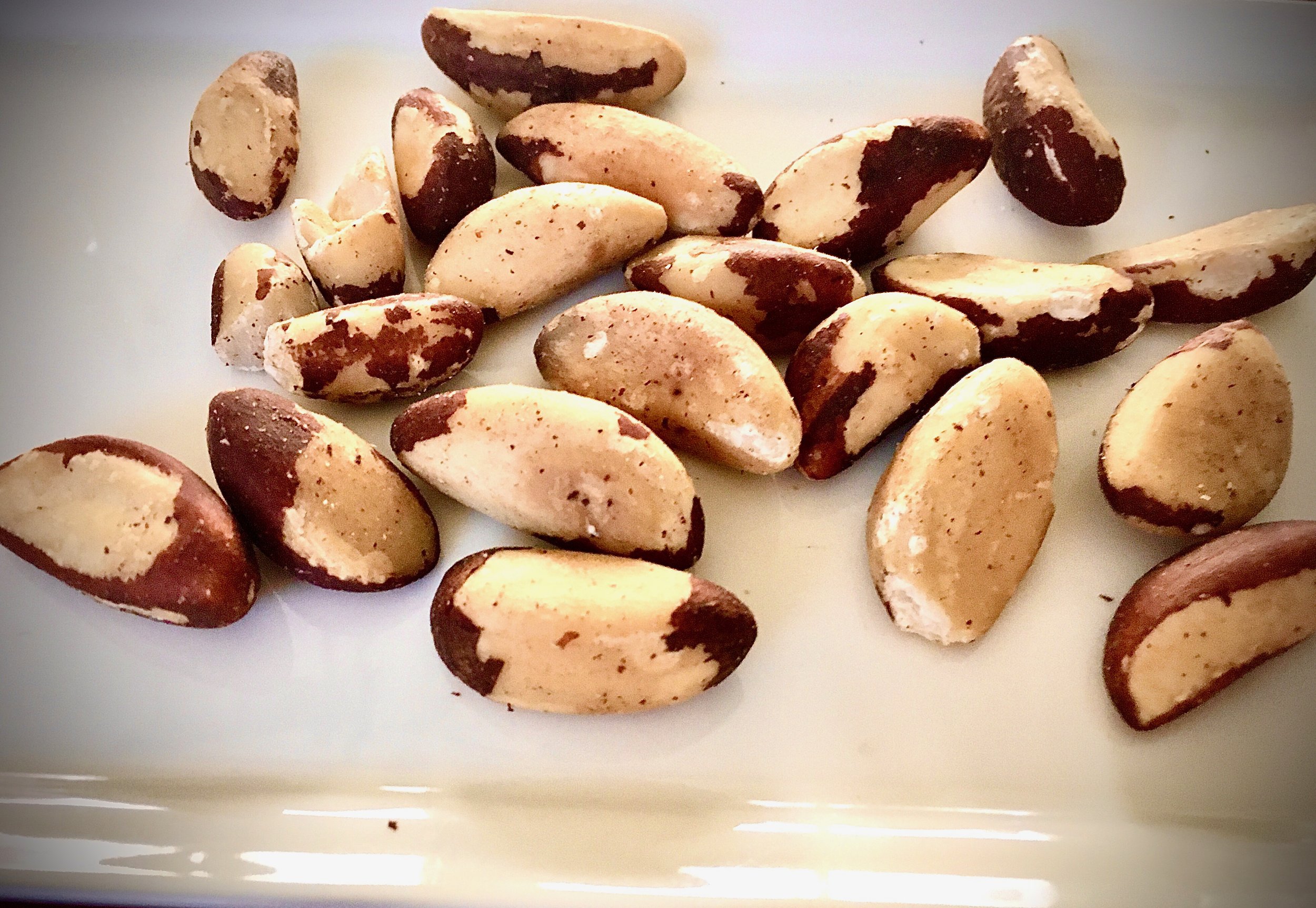Almonds—Prunus Dulcis

This nut is grown in different areas of the world, including the Mediterranean, Asia, and Australia; however, a big supply of the world's almonds are grown in California. This nut has a variety of macro and micronutrients that are beneficial to health. In this section, we will elaborate more on this prized nut.
Composition: The ingredients in this nut include monounsaturated and polyunsaturated fats, carbohydrates, minerals like magnesium, manganese, phosphorus, zinc, sodium, sulfur, calcium, and iron, vitamins like riboflavin, niacin, pantothenic acid, vitamin B6, thiamin, vitamin E, and folate, fiber, proteins, flavonoids, phytosterols, and phenolic compounds. Their carbohydrate and saturated fat content is lower than most other nuts. The beneficial aspect of the lipids in this nut is that they are predominantly MUFA (monounsaturated) and PUFA (polyunsaturated).
Benefits
Gut health: Almonds have fiber and polyphenols that may act as a good substrate for gut bacteria. This may help promote a healthy balance in our microbiome that assists in immune modulation, digestion, and absorption of nutrients. Almonds also have a higher arginine content and facilitate healthy digestion.
Obesity and Weight Management: Research has shown that consumers of almonds have a lower body mass index and lower waist circumference when compared with non-consumers. The consumption of raw almonds may also have a favorable effect on decreasing visceral fat levels.
Cardiometabolic health: Raw almond consumption has a favorable effect on the lipid profile and may help control levels of LDL (low density lipid) and TGL (triglyceride), which in turn helps with cardiovascular health.
Glucose control: Almond consumption also has a favorable effect on glucose homeostasis. It may help as part of a heart-healthy diet by decreasing insulin resistance and favorably affecting fat composition.
Anti-inflammatory effects: Raw almond consumption in healthy subjects was associated with decreased levels of CRP (C-reactive protein); this is postulated to be secondary to the high MUFA content of almonds. The skin of the almonds is rich in antioxidants that may help in decreasing inflammation; therefore, discarding the skin may deplete these essential nutrients.
Uric acid levels: It is important to note that a 12-week consumption of 10 grams of almonds has a uric acid-lowering effect.
In the above section, we have seen the various beneficial nutrients found in this nut. As always, I wish that you choose your food wisely and live long and strong!




